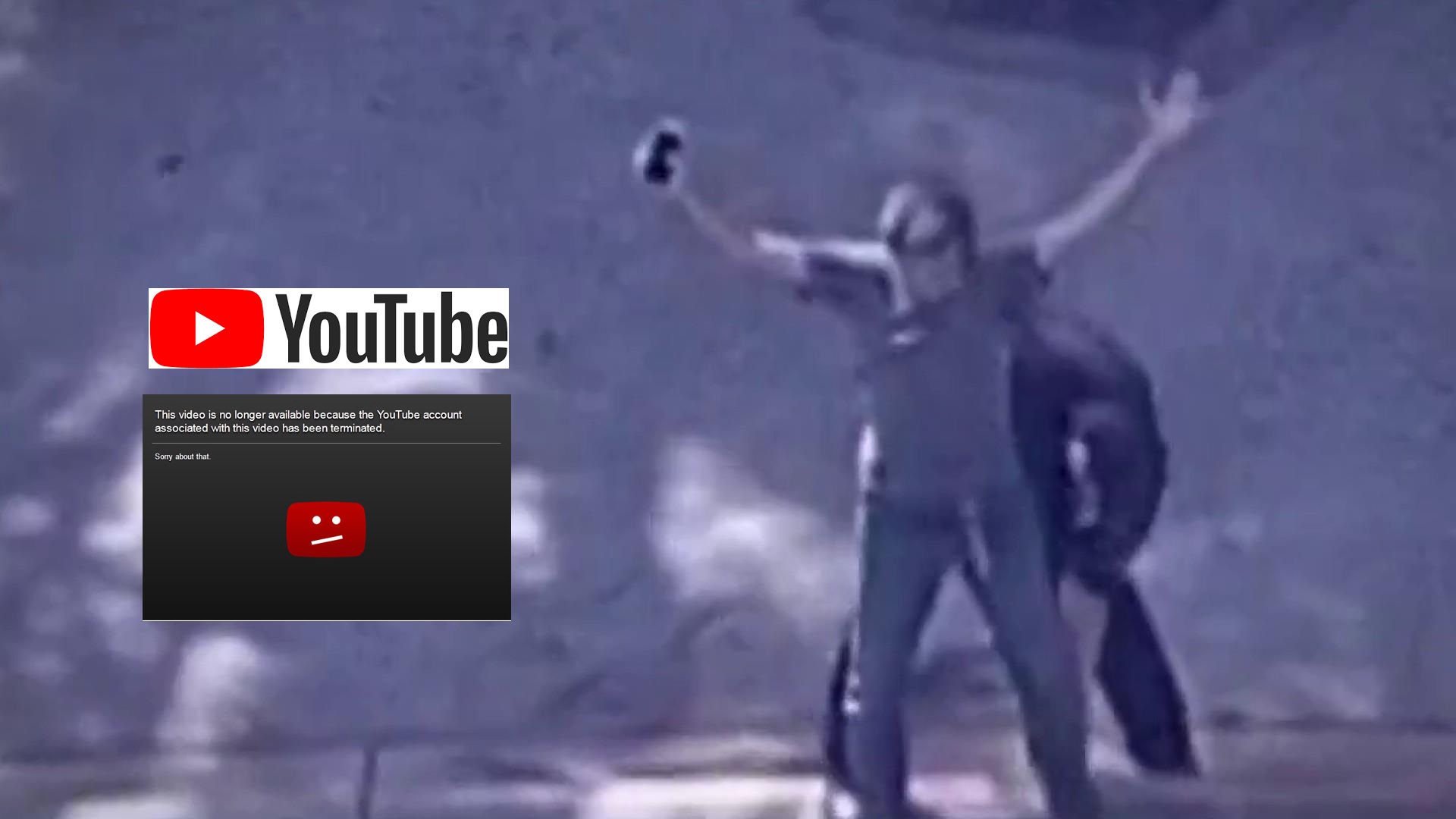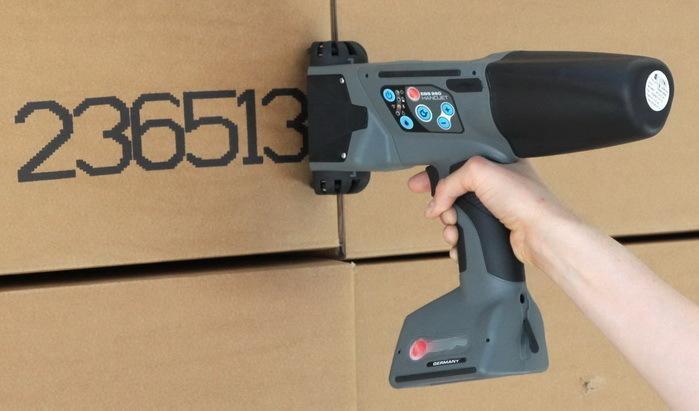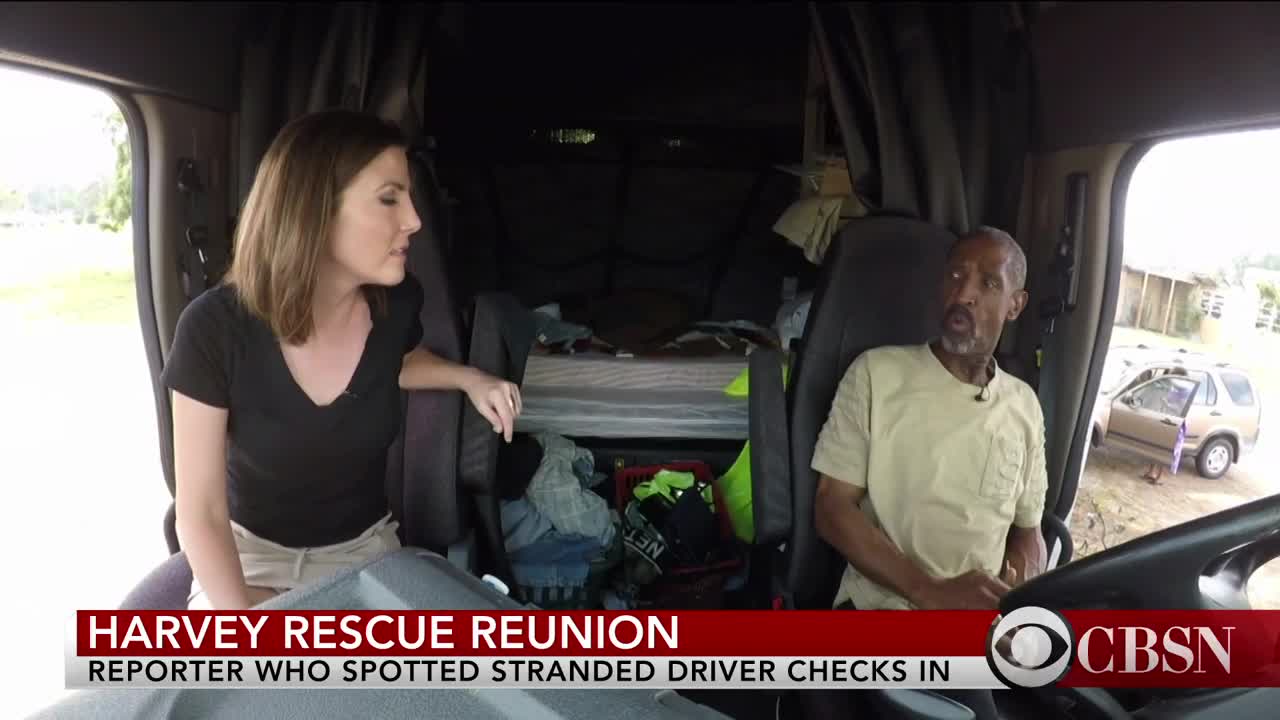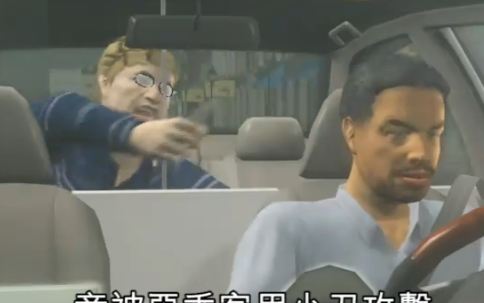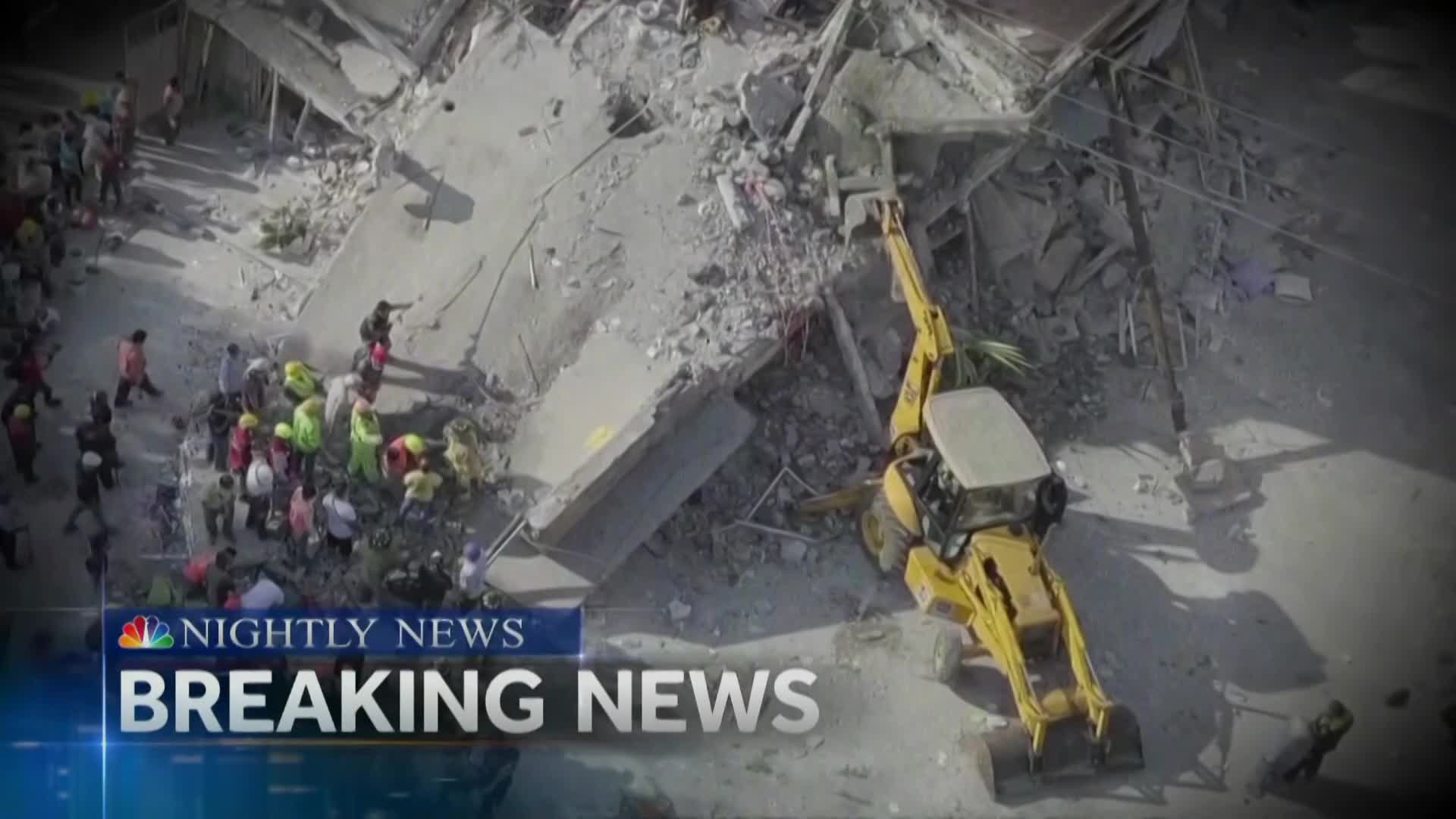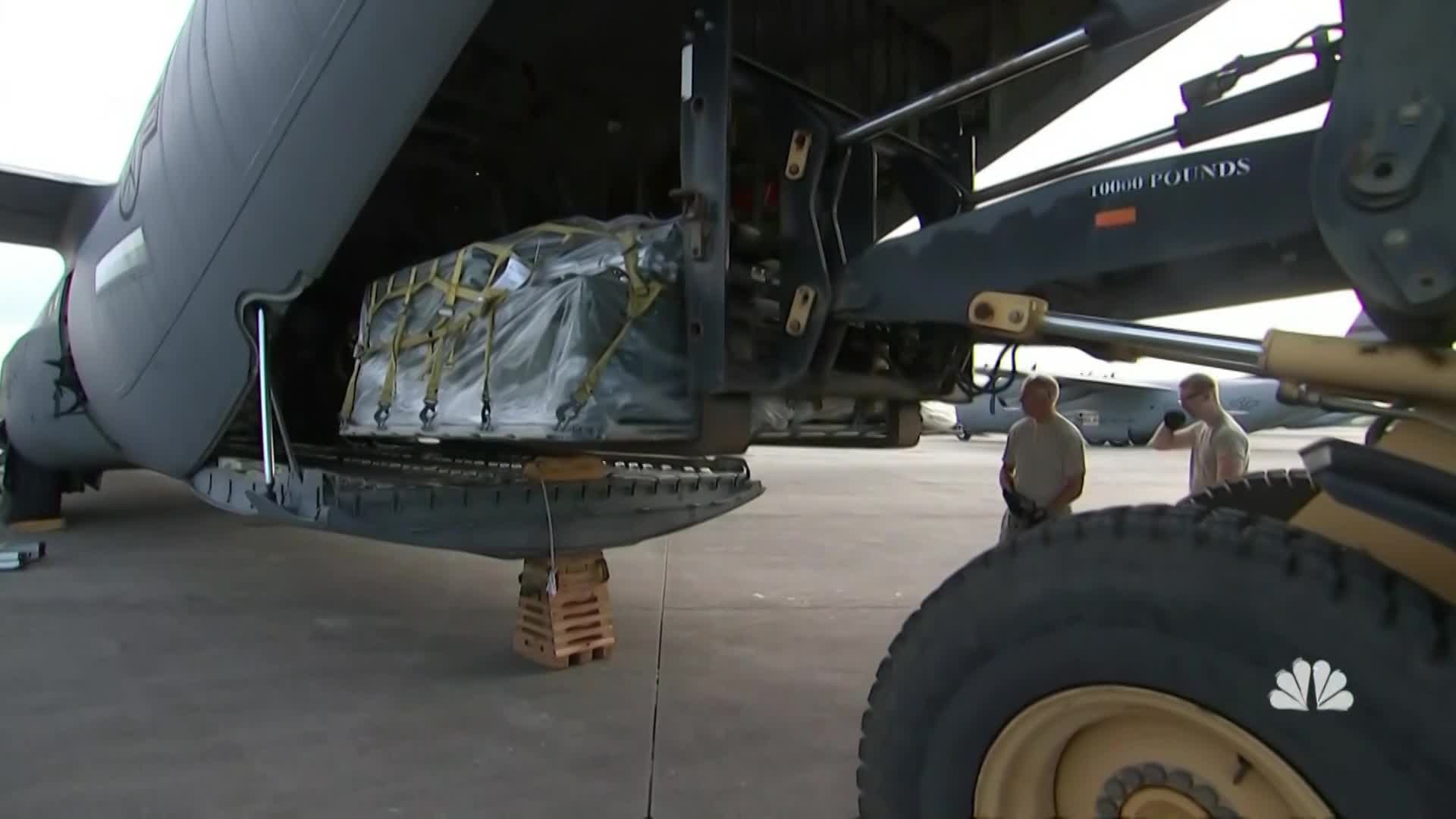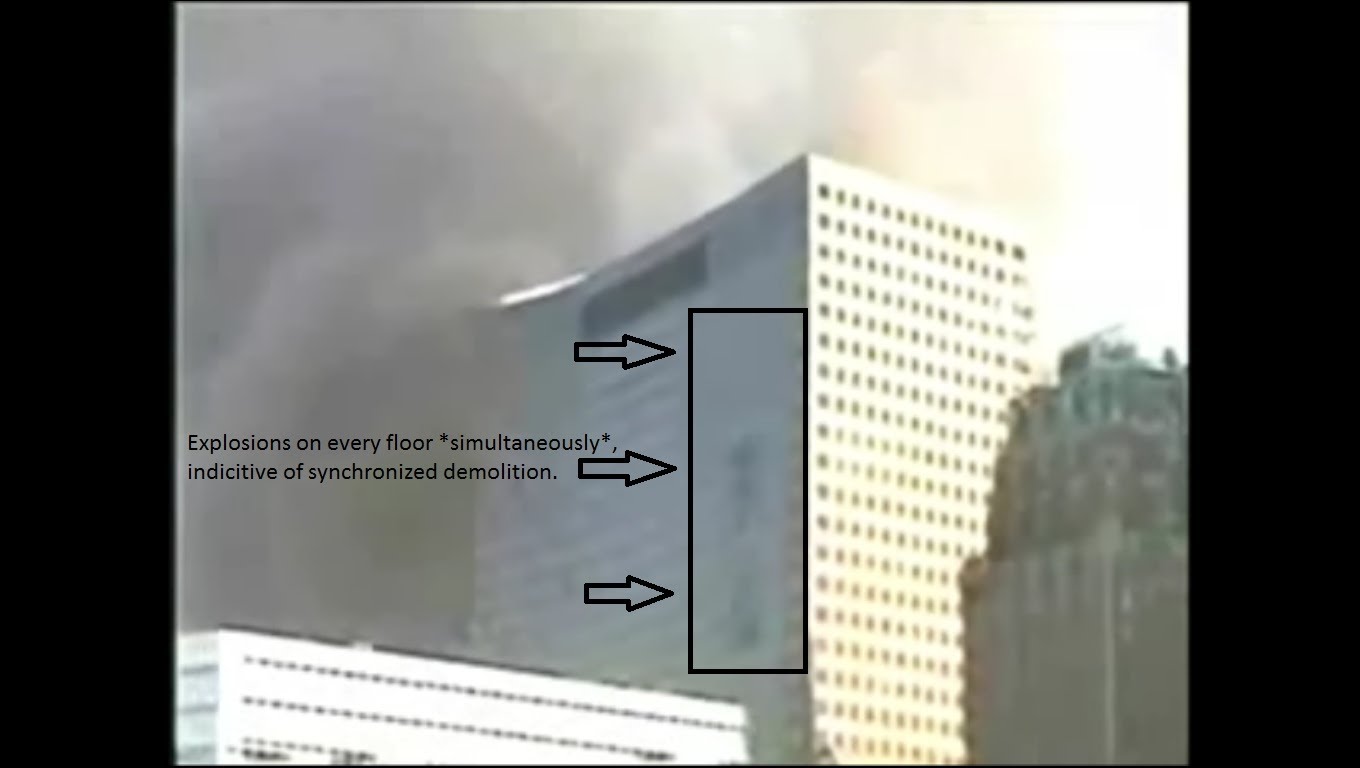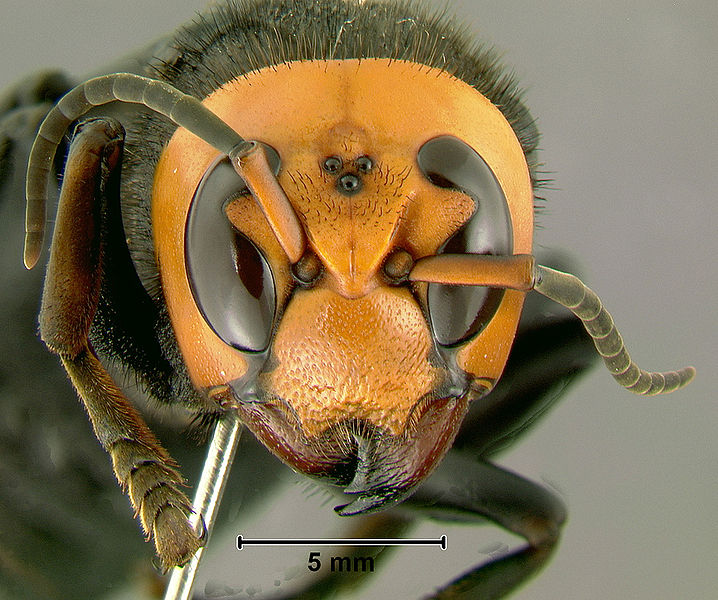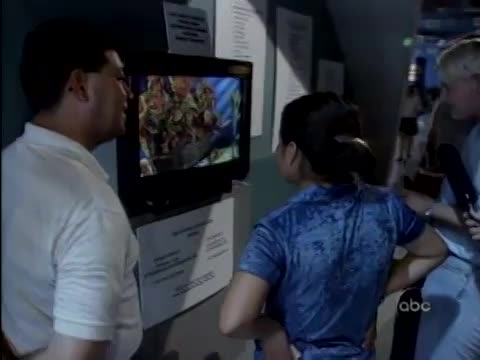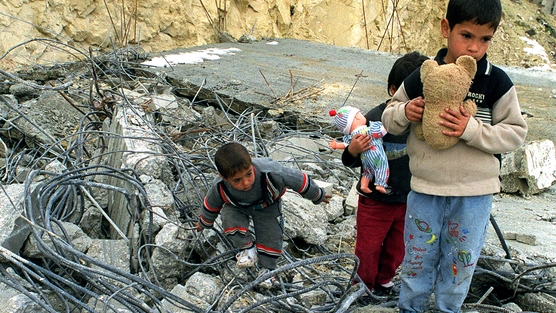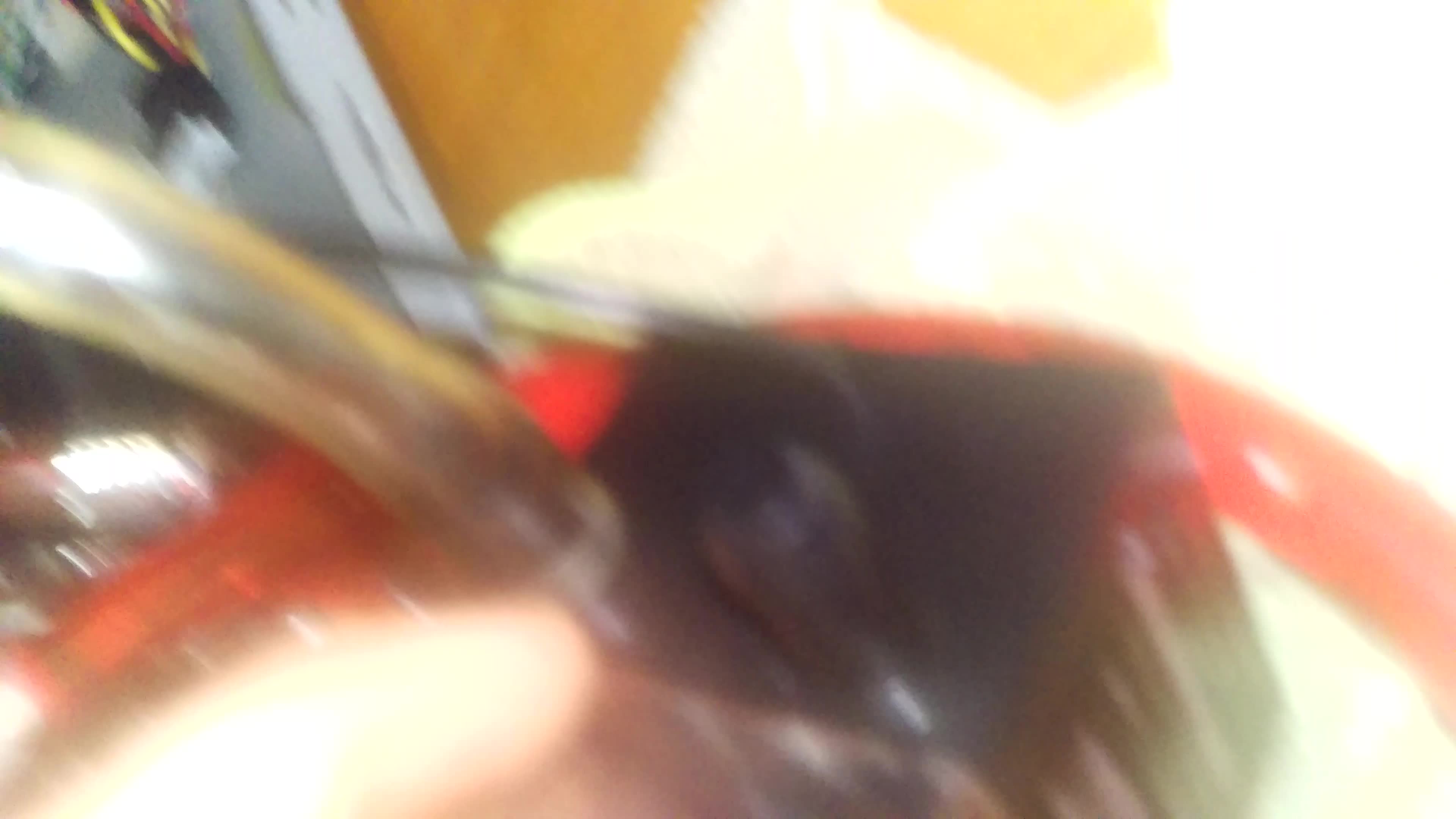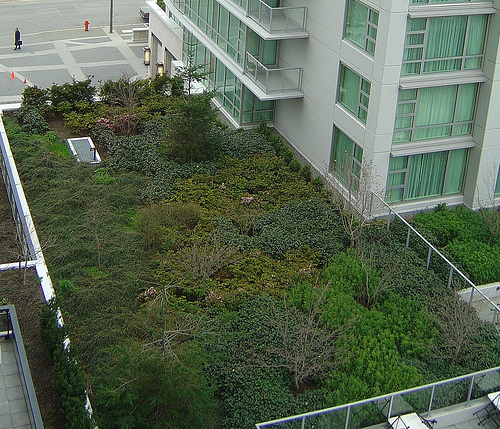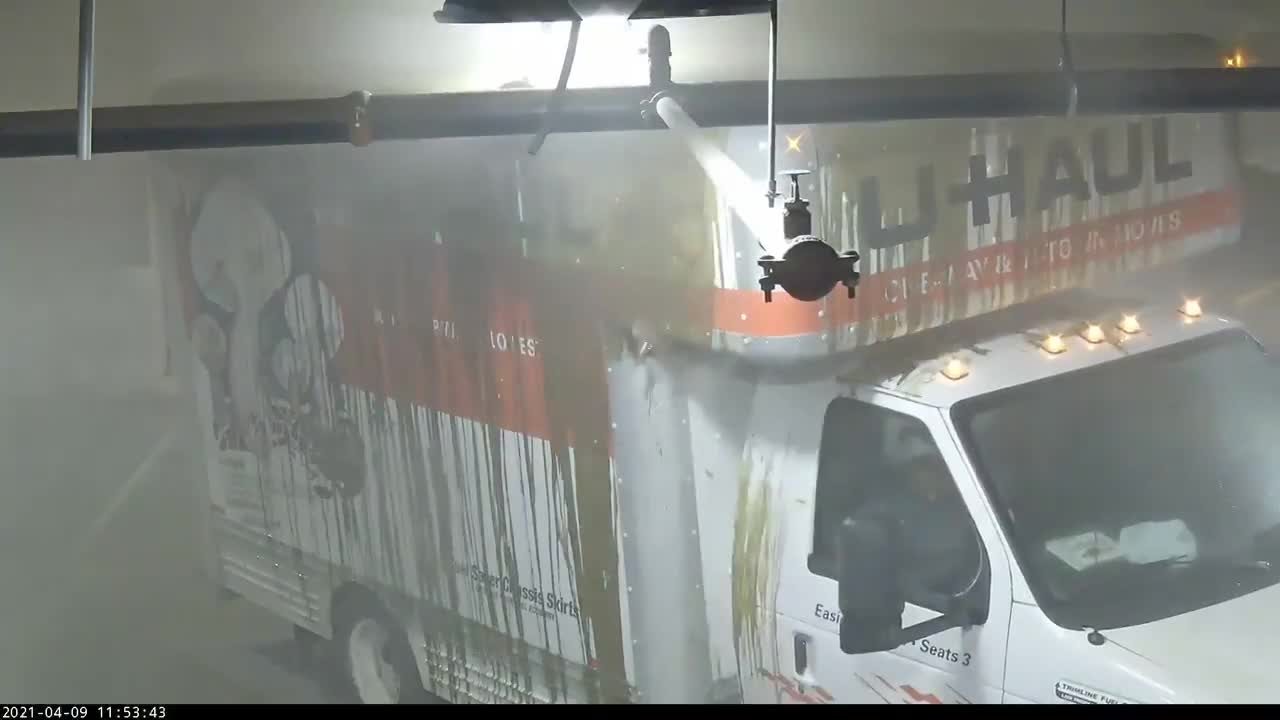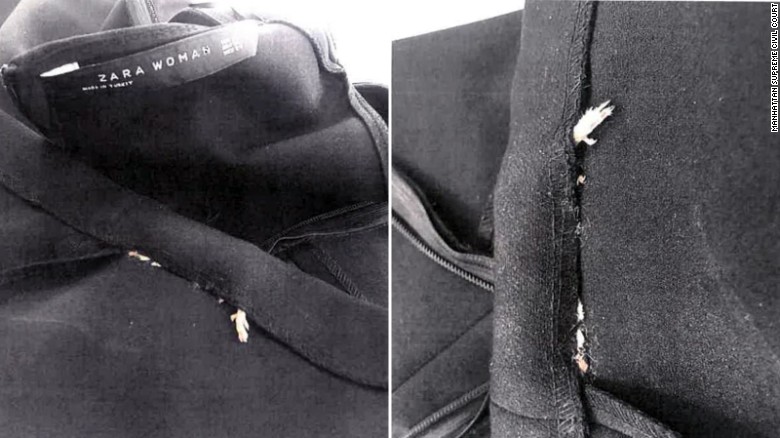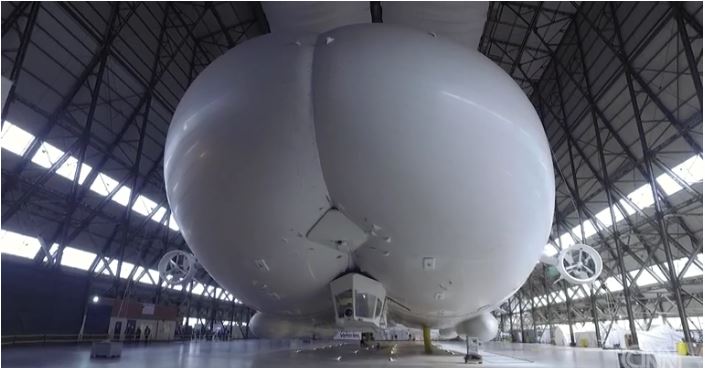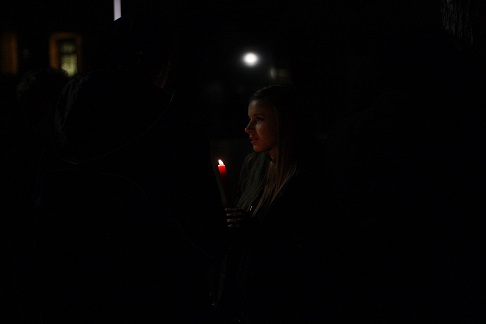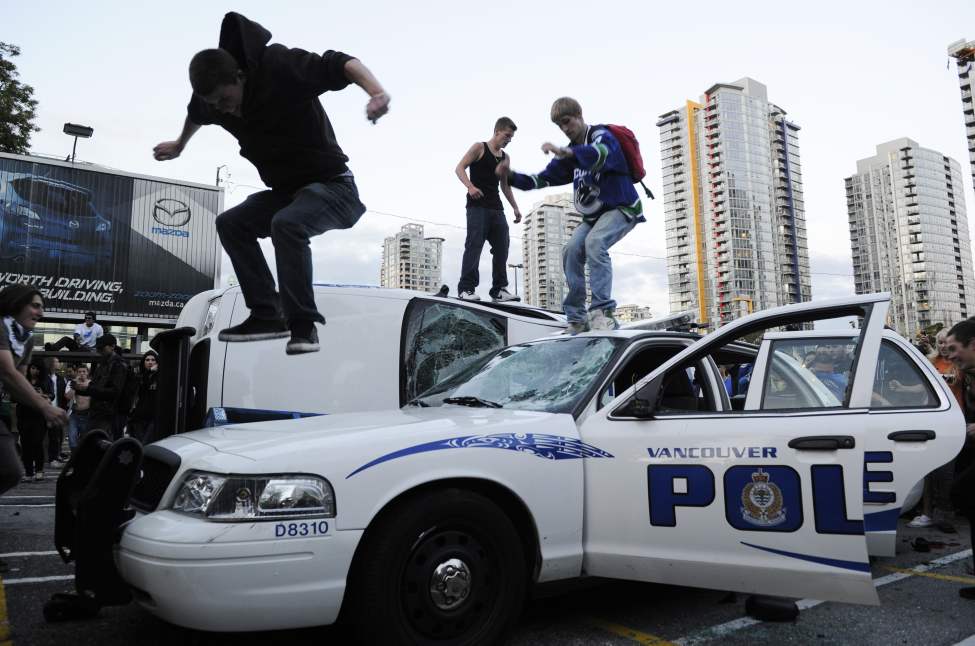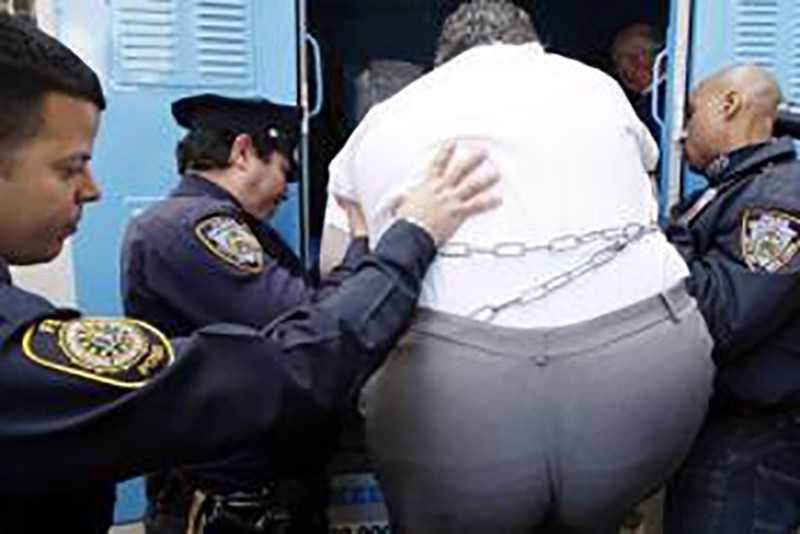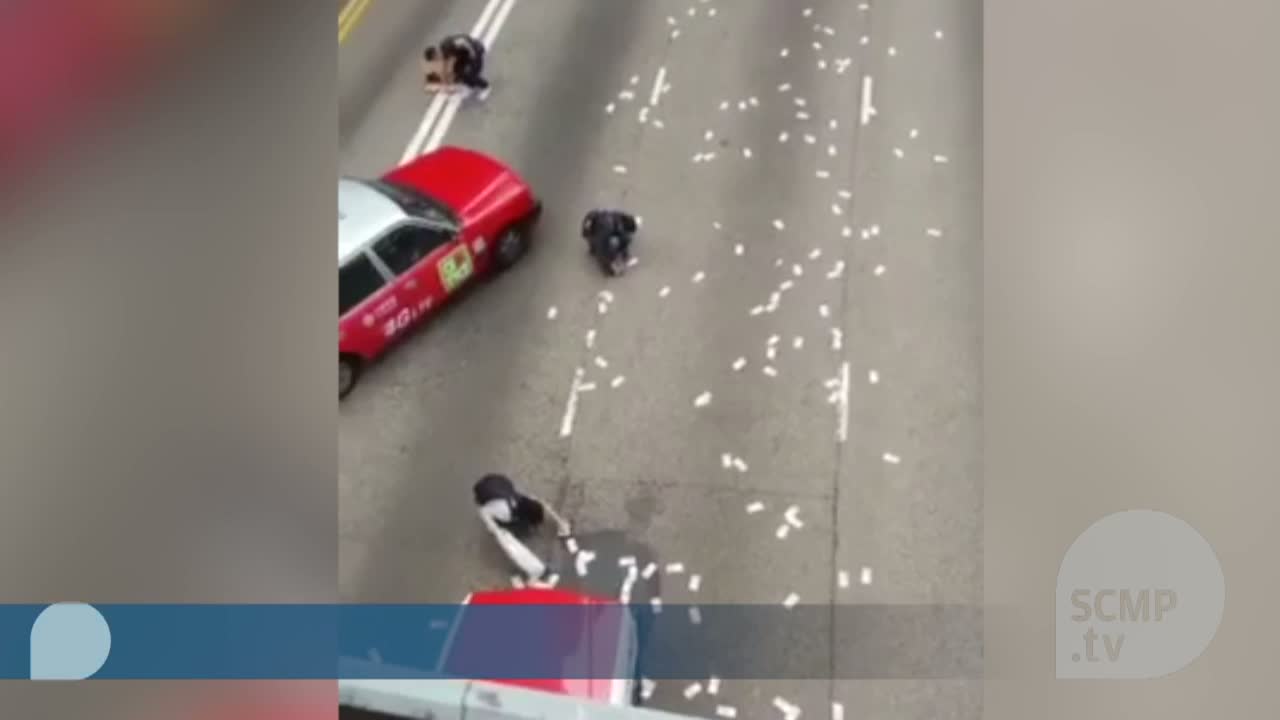Boeing anti-stall software engaged repeatedly before Ethiopian Airlines crash: sources
Anti-stall system reportedly activated by erroneous data from sensor
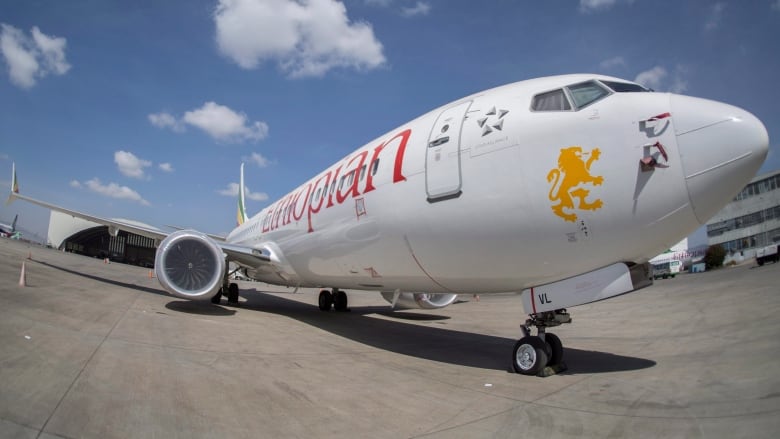
Boeing anti-stall software repeatedly forced down the nose of a doomed Ethiopian jet after pilots had turned it off, sources told Reuters, as investigators scrutinize the role played by technology and crew in the fatal March 10 crash.
A preliminary Ethiopian report into the disaster, expectedsoon, may include evidence the software system kicked in as many as four times before the 737 Max dived into the ground, two people with knowledge of the matter said.
The software known as MCAS is at the centre of accident probes in both the crash of Ethiopian flight 302 and a Lion Air accident in Indonesia five months earlier that together killed 346 people.
It was not immediately clear whether the Ethiopian crew chose to re-deploy the system, which pushes the Boeing 737 Max downwardto avoid stalling. But one of the sources said investigators were studying the possibility that the software started working again without human intervention.
A Boeing spokesperson declined to comment. Ethiopian investigators were not available for comment.
The Ethiopian crash led to a global grounding of 737 Max jets and scrutiny of its certification process. Initial results of the accident investigation are due within days.
The stakes are high. The 737 Max is Boeing's top-selling jet with almost 5,000 on order. Ethiopian Airlines is also in the midst of an expansion drive, while other 737 Max customers and victims' families want answers, and potentially compensation.
Erroneous 'angle of attack' data
Getting the planes flying again depends partly on the role that Boeing design features are found to have played in the crash, though investigators are also paying attention to airline operations, crew actions and regulatory measures.
Boeing is upgrading the MCAS software and training while stressing that existing cockpit procedures enable safe flight.
People familiar with the investigation have already said the anti-stall software was activated by erroneous "angle of attack"data from a key aircraft sensor.
Now, the investigation has turned towardhow MCAS was initially disabled by pilots following a checklist procedure, but then appeared to start working again repeatedly before the jet plunged to the ground, the two sources said.
Boeing issued guidelines to pilots on how to disable the anti-stall system after the Indonesian crash, reminding pilots to use cut-out switches in the console to shut off the system in the event of problems.
Cockpit procedures call for pilots to leave the MCAS system off for the rest of the flight once it has been disengaged.
The Wall Street Journal reported earlier that the pilots had initially followed Boeing's emergency procedures but later deviated from them as they tried to regain control of the plane.
Disabling the system does not shut down the MCAS system completely but severs an electrical link between the software's attempts to give orders to push the plane lower and the actual controls, a person familiar with the aircraft system said.
Investigators are studying whether there are any conditions under which MCAS could reactivate itself automatically, without the pilots intentionally reversing the cut-out manoeuvre.
Safety experts stress the investigation is far from complete and most aviation disasters are caused by a unique combination of human and technical factors.
None of the parties involved in the investigation was available for comment.
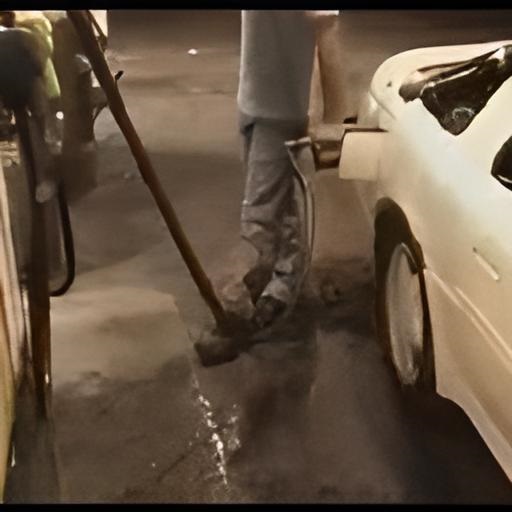
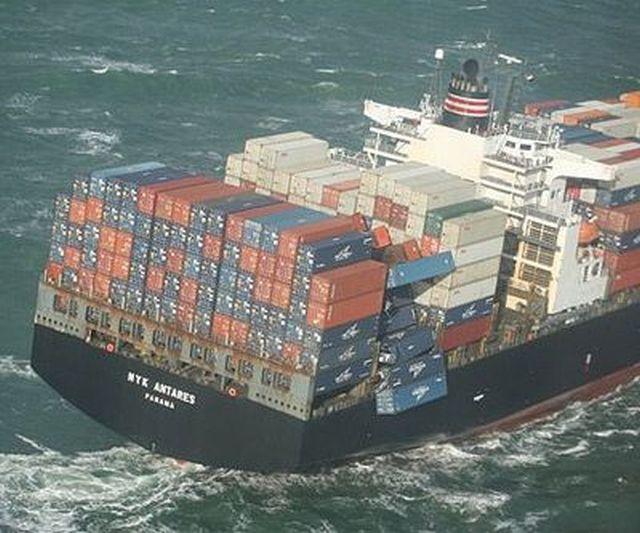


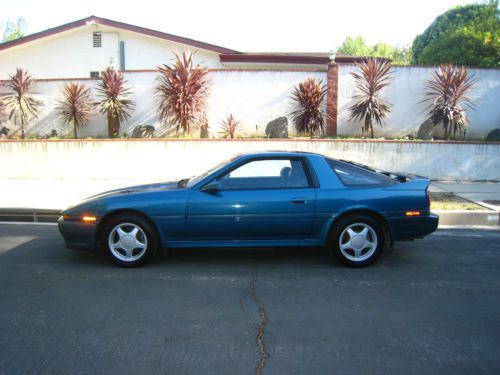



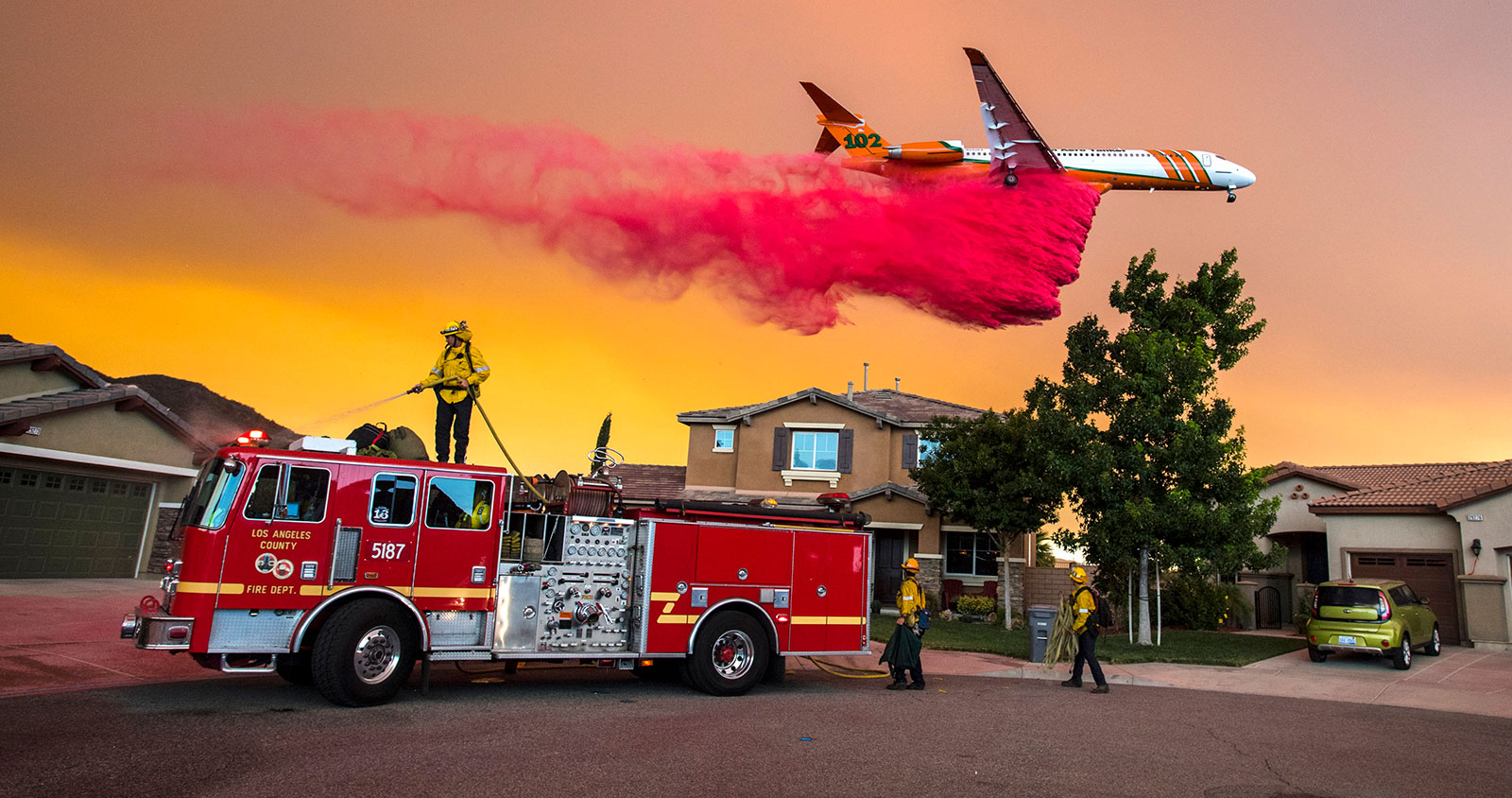


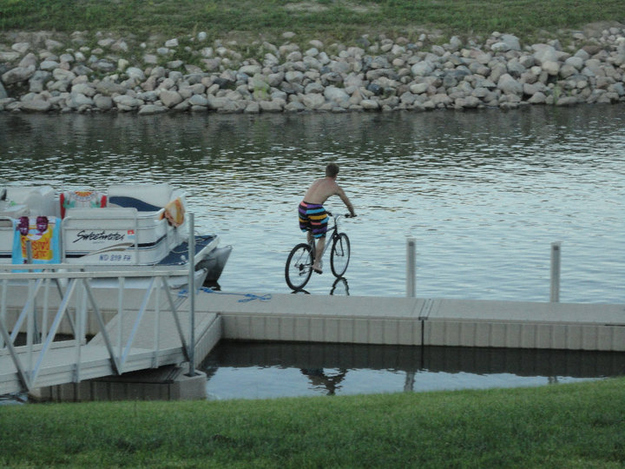
_(720p).jpg)
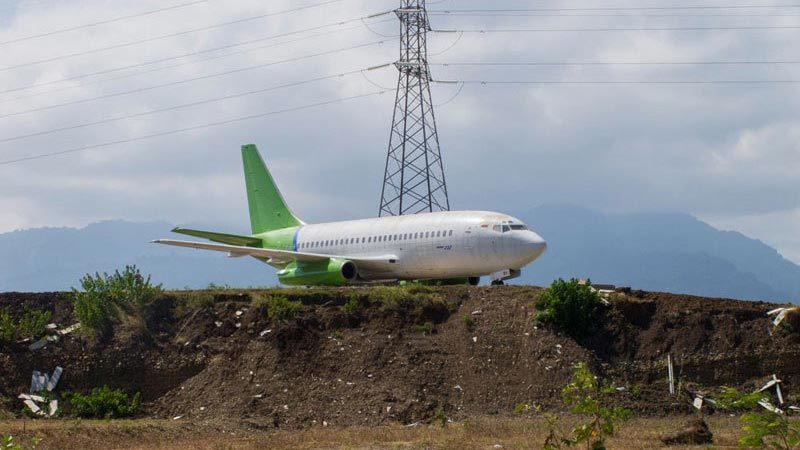
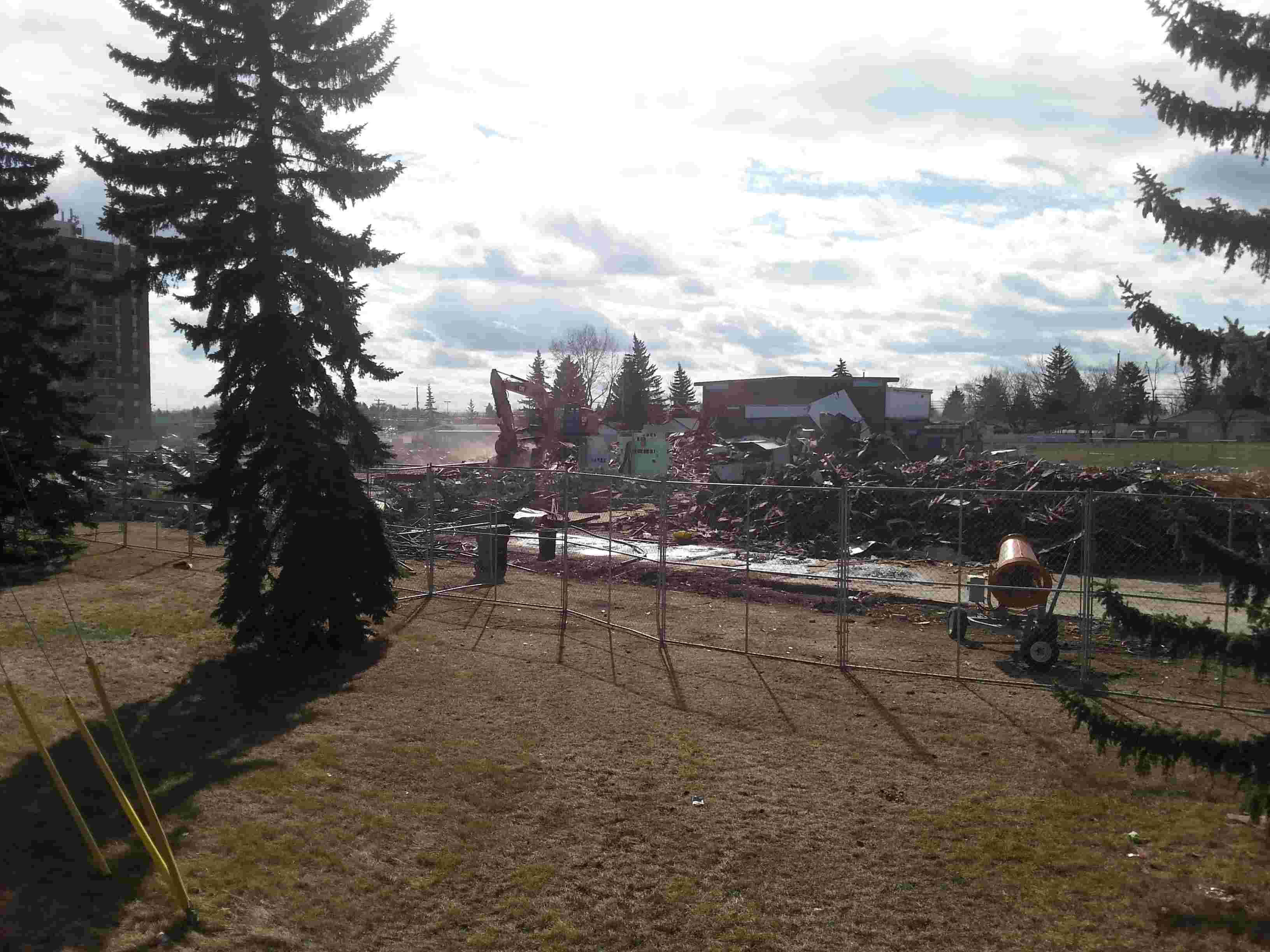
 OFFICIAL HD MUSIC VIDEO.jpg)
.jpg)






